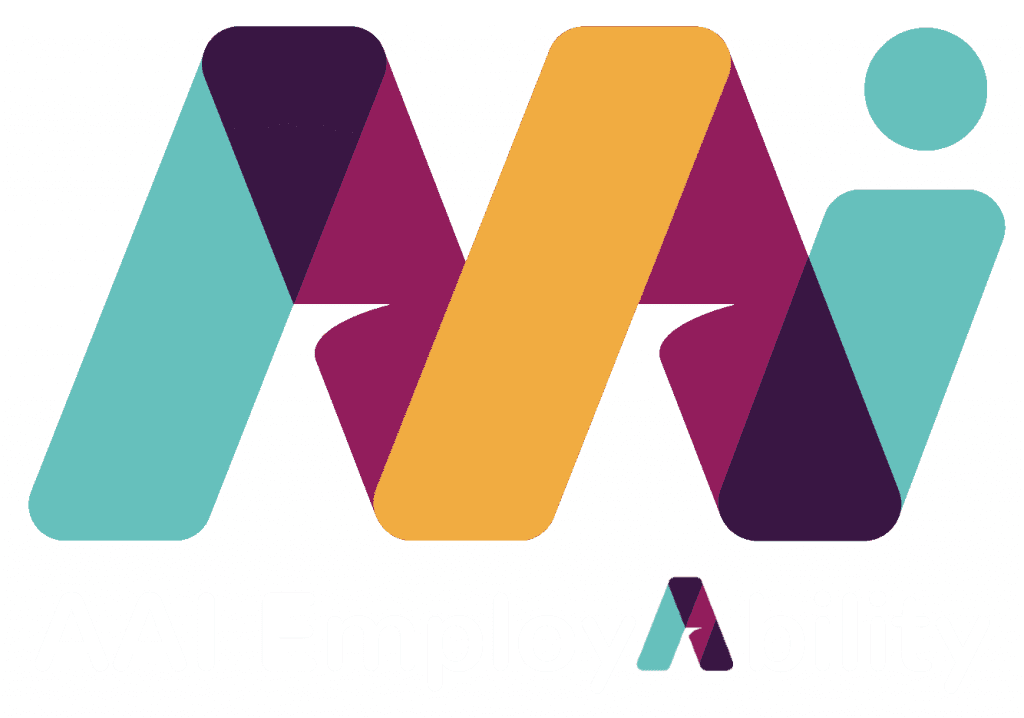Your cover letter, which is used in conjunction with your CV, can help you make a great first impression on a recruiter or potential employer. Here are some key points to keep in mind.
Introduction
Your cover letter is an opportunity to sell yourself outside of the formality of a CV. Often it can mean the difference between being shortlisted for a role or not.
It’s the chance to tell the recruiter or a potential employer who you are, what your values are, and how this makes you the perfect candidate for both the company and the job role.
The Basics
- Address the letter to a specific person or “to whom it may concern” but never to the company name.
- Reference the job title and your interest in it at the start.
- Read the job description. Understand the requirements and reference the same language and keywords throughout your cover letter.
- Do your research. What does the company do, what are their values, have they published any recent news? Include a mention to anything relevant.
- Highlight your relevant experience and relate it to the job role and requirements.
- Be sure your reason for applying is clear.
- Keep it simple. Outline your personality, enthusiasm, and experience, but keep it within one A4 page.
- Sign off with your name, contact details and availability for interview.
- Use a professional and clear font in size 10 or 11.
- Check it in terms of spelling, grammar, and tone of voice. Read it aloud and have someone else read it too.
The Layout
The Introductory Paragraph
This needs to strike the right note to introduce you in a way that fits the job, the company, and you. Its tone will depend on the job and the sector. It could read:
“Please find attached my CV in application for the job of [insert job title], advertised in/on [publication or website]. I believe that my combination of skills and experience [and particularly my experience at x, where I worked on y OR my ability to do x gained when working on y] make me an ideal candidate for this role.”
The Main Section
The main section of your cover letter should be structured around the job description and the specific requirements of the role. You should describe what you have done and the skills that make you suitable for the job.
Use examples to show how you have previously demonstrated the requirements of the job. Use the same language as the job advert.
- Copying/pasting the job advert in a Word document and highlighting the keywords that are used is a good way to ensure you use the same language in your cover letter.
- Matching the language shows the recruiter or employer at a glance that you understand the role and are a relevant candidate.
Other useful phrases include:
“My time at/with x saw me manage/run/achieve y. [List any achievements in x].”
“Having worked with OR Having spent time on/at ……. I am [extremely flexible/good at timekeeping/whatever you want to demonstrate].”
“I first developed [skill x] in [job/education/other], and have now honed it working in [mention job].”
When you’ve finished writing everything, go back over it and make sure that you have mentioned every skill or piece of experience that is described as “essential” on the person specification, and as many as possible of the “desirable” ones. If you haven’t, your application will probably be rejected automatically.
You’ll probably find that your cover letter is now too long. Edit and polish it until you have said everything that you need to say within one A4 page or approximately half that if sending as a covering email.
The Closing Paragraph
This needs to wrap up your letter or statement neatly. So it might say, for example:
“Thank you for your time and consideration. I’m excited by the opportunity to work with..…. I would be delighted to use my experience in/of …. to [increase sales/support customers/[define role expected of you]. I would welcome the chance of an interview to discuss this.”
If you can address your letter to a named person, great. Otherwise we suggest “Dear Hiring Manager”. For both options, you would sign off with “Yours sincerely”.
Check and Send
When you’ve finished your cover letter, read it over thoroughly. Then get someone you trust, who has a good eye for detail, to read it over for you, looking for typos, grammatical errors, and inconsistencies.
It is also helpful if you can get somebody who knows something about the sector and/or job to check your letter. They may spot potential problems or suggest ways that you could tweak your letter for maximum effect.
Our examples above are just that and we suggest you look online for others. This will help you find a tone that suits you and a style you’re comfortable with. Good luck.


